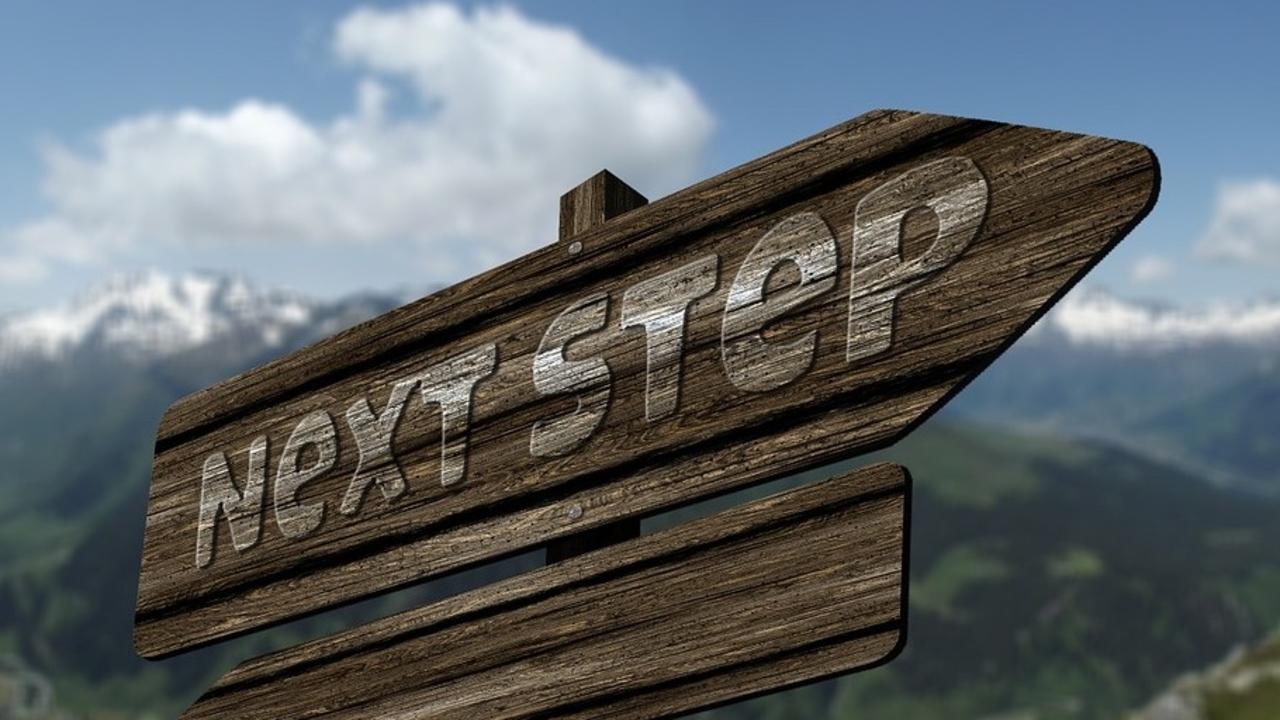5 Stages of Change: go from where you are to where you want to be

The 5 Stages of Change can help you establish where you are and where you want to be.
Think about your answer to this question: What change do you want to make to better your life?
It may be a goal to exercise more, be more productive at work, have a better relationship with your spouse, lose weight, quit smoking, reduce alcohol, meditate more, reduce stress, eat better, etc. Think about your goal and where you fall in terms of the 5 Stages of Change outlined below:
#1 Precontemplation- As the word indicates, at this stage the person is not planning to change the behavior, may not see a reason to change, and has no interest in changing. They may see the cons of change as outweighing the pros. For example, a person may have a problem with alcohol, but they don’t yet identify it as a problem, nor do they have any plans to change their drinking habits.
#2 Contemplation- People may still feel ambivalent at this stage, but they are beginning to think about making a change. They are starting to recognize their behavior as problematic and are gaining motivation for change within the next few months. For example, a person may recognize they have a drinking problem but are still unsure as to how and when they’ll start making changes.
#3 Preparation- At this stage, people are starting to put things in place to make the changes they want to make and are gaining determination to make those changes within the month. For example, someone with a drinking problem may start researching activities to do that don’t involve drinking; they may start looking for hobbies to fill the time they would normally be drinking; they may look into support groups for sobriety. Another example of the preparation stage is a person who wants to start exercising more may look for a gym to join during this stage.
#4 Action- In this stage, the person has changed their behavior and is actively working towards their goal. They may be replacing unhealthy behaviors with healthy ones at this stage. For example, the person with the drinking problem will have reduced or eliminated their consumption of alcohol at this stage. The person who wants to get more exercise IS exercising more at this stage.
#5 Maintenance- At this stage the behavior change has typically changed for at least 6 months, meaning there is a sustained period of time that the new behavior is in place. At this stage the person has an intention of maintaining the change and is actively working to not relapse back into previous stages. For example, the problem drinker has made good strides in reducing their consumption for at least 6 months, actively avoids triggers/situations that could lead to relapse, and intends to maintain these changes for the long-term.
(Note that some models include a 6th stage called “Termination,” meaning that the person is certain the change is there for good and they have no chance of relapsing into a previous stage. Since this is highly unusual, I have chosen to present you with a 5 stage model that defines the final stage as “Maintenance.”)

Now, think back to the original question: “What change do you want to make to better your life?” Which stage are you currently in? What do you need to do to move yourself to the next stage?
What is YOUR next step?...
Stay connected with news and updates!
Join our mailing list to receive the latest news and updates from our team.
Don't worry, your information will not be shared.
